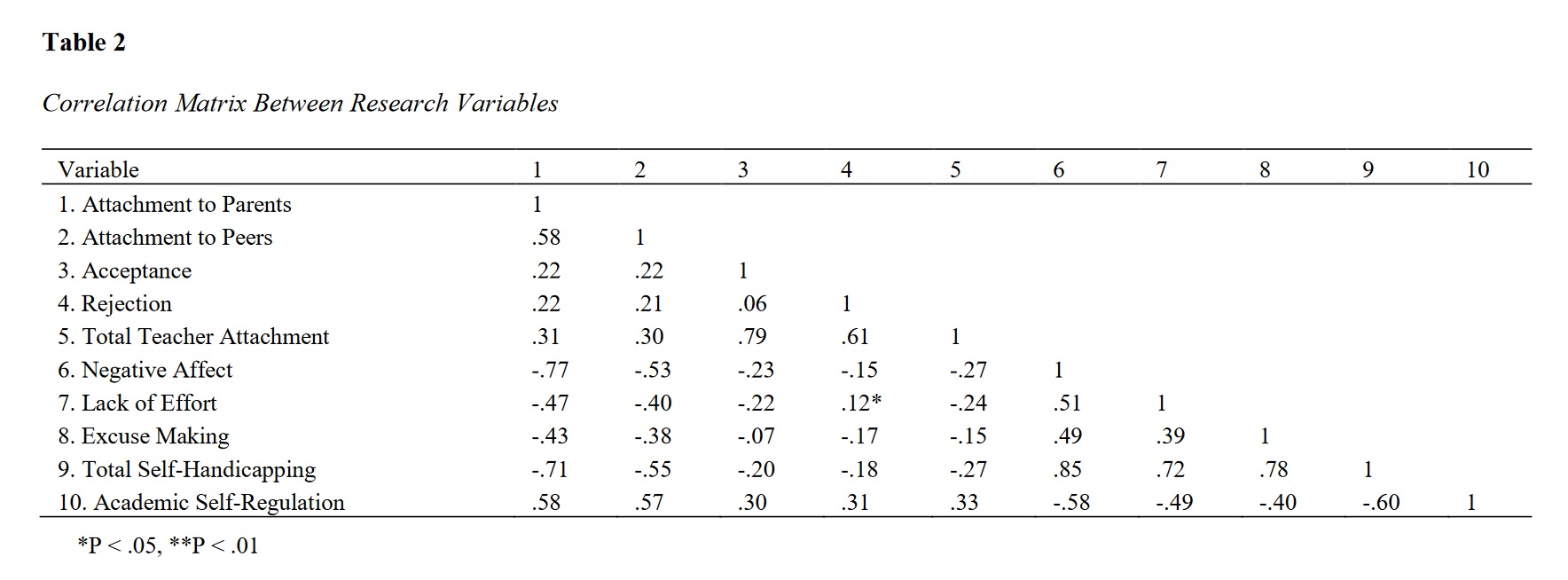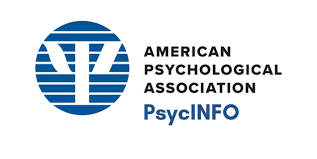Determining the Mediating Role of Academic Self-Regulation in Predicting Academic Self-Handicapping of Lower Secondary School Students Based on Attachment to Parents, Peers, and Teachers
Keywords:
self-regulation, academic self-handicapping, students, attachmentAbstract
Objective: The aim of the present study was to determine the mediating role of self-regulation in predicting academic self-handicapping among lower secondary school students based on their attachment to parents, peers, and teachers.
Methods and Materials: This research falls under the category of descriptive-correlational studies, utilizing structural equation modeling. The statistical population consisted of all female lower secondary school students in Tehran. The sample included 384 participants selected through convenience sampling. Data were collected using the Inventory of Parent and Peer Attachment (Armsden & Greenberg, 1987), Teacher Attachment Scale (Eliot & Mikulincer, 2006), Self-Handicapping Scale (Jones & Rhodewalt, 1982), and the Academic Self-Regulation Questionnaire (Bouffard et al., 1995). Descriptive statistical indices such as mean and standard deviation were used. In the inferential statistics section, structural equation modeling and Pearson correlation methods were employed using SPSS.22 and AMOS.22 software for data analysis.
Findings: The findings indicated a significant negative relationship between attachment to parents (β = -0.668, p < 0.01), attachment to peers (β = -0.256, p < 0.01), attachment to teachers (β = -0.051, p < 0.05), and students' academic self-handicapping. Additionally, there was a significant positive relationship between attachment to parents (β = 0.318, p < 0.01), attachment to peers (β = 0.340, p < 0.01), attachment to teachers (β = 0.242, p < 0.01), and students' academic self-regulation. A significant negative relationship was also found between academic self-regulation and students' academic self-handicapping (β = -0.233, p < 0.01). Furthermore, significant negative relationships were observed between attachment to parents (β = -0.074, p < 0.01), attachment to peers (β = -0.079, p < 0.01), attachment to teachers (β = -0.057, p < 0.01), and students' academic self-handicapping.
Conclusion: Therefore, it was concluded that academic self-regulation significantly and negatively mediates the relationship between attachment to parents, peers, and teachers, and academic self-handicapping.
Downloads

Downloads
Additional Files
Published
Issue
Section
License
Copyright (c) 2024 Reihaneh Khanmohammadi, Mohammadagha Delavarpour, Ali Mohammad Rezaei, Mahmoud Najafi (Author)

This work is licensed under a Creative Commons Attribution-NonCommercial 4.0 International License.














